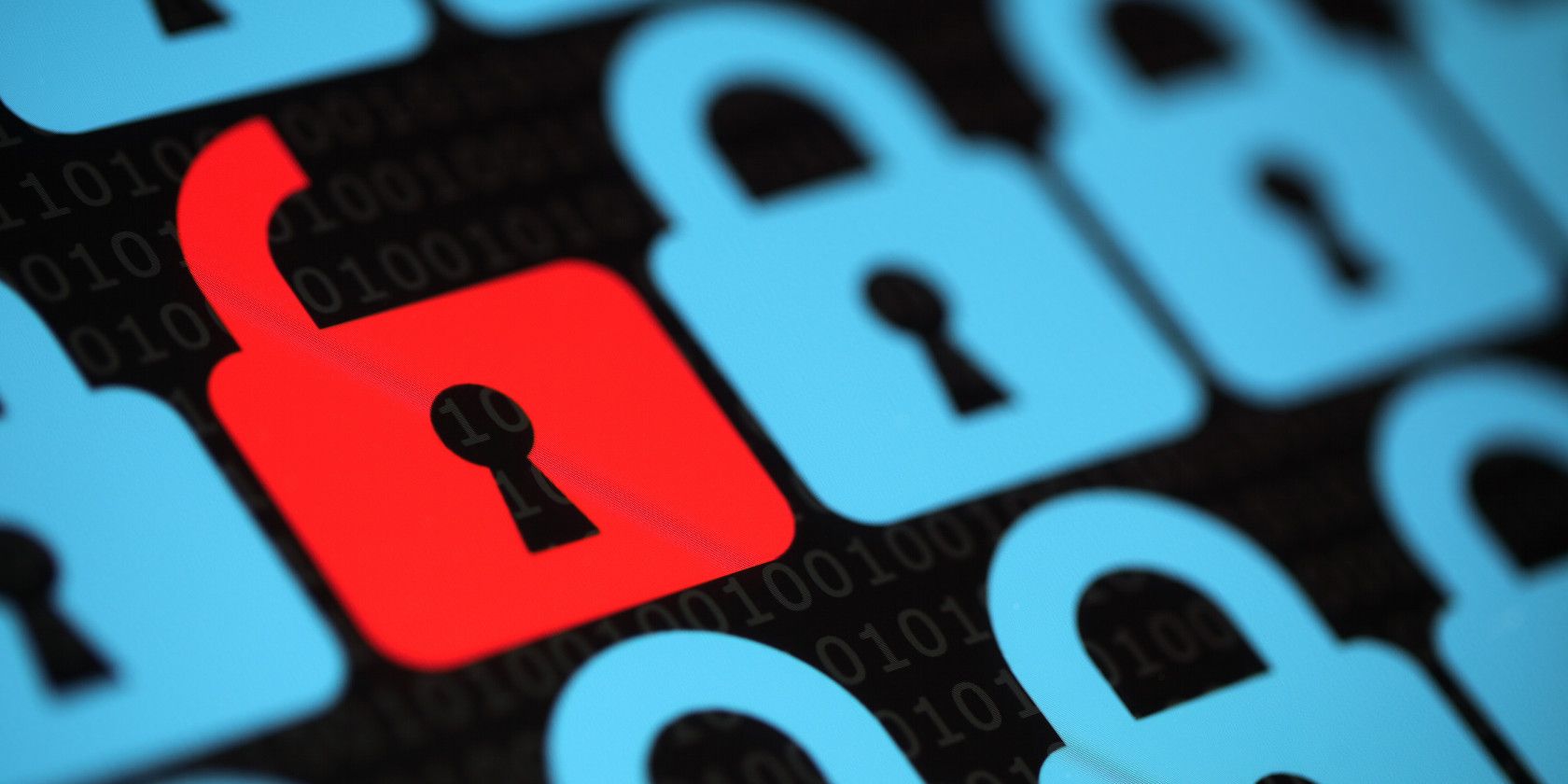Hacking is something that should always be on the mind of every internet user—not because they want to become hackers, but because any mistake they do online compromise their devices and accounts.
But what is hacking? And how did everyday internet users come to fear for their privacy and security even from the safety of their own homes?
What Is Hacking?
Hacking is any activity that aims to exploit and illegally access a computer system, device, or network, without explicit permission from its owner. Causing harm is sometimes only a side-product of hacking, not a necessary element.
There are gray- and white-hat hackers who force their way into systems for positive or morally gray motivations. Some hackers even do it as a joke or to prove their technical abilities to their peers.
Hacking Definition
Almost anyone can give hacking a definition based on their understanding of the internet. How illegally gaining access to devices and networks became known as hacking is an old story, but just as crucial to understanding what hacking is.
The first step towards understanding something is knowing what the language used to describe it means. In dictionaries, both old and new, when searching for a hacking definition you’re going to find two different definitions.
Computer hacking can be defined as an unauthorized means of gaining entry into a system or device, which isn't inheritantly malicious but has nonetheless become synonymous with illicit activities.
Hacking, as a word in itself, means roughly cutting or chopping something. Of course, this has nothing to do with gaining illegal access to computer systems and devices. In fact, the word as a verb predates all modern computers and digital systems. But it’s related to the very first instances of hacking.
How Did Hacking Start?
The first incident of illegally manipulating a technical system was in 1878. A group of teenage boys, hired by the communications company, Bell Telephone, would abruptly disconnect and misdirect calls to mess around. However, this incident is rarely mentioned as the first hacking incident.
What’s thought to be the first use of word "hacking" to illegally access a system happened in 1959. Members of the Tech Model Railroad Club used the word "hack" to mean cutting into a circuit and controlling the lanes and switches.
Then later, in 1969, a group of tech and model train enthusiasts at M.I.T. challenged themselves to hack into the system of a railroad company to improve its efficiency.
While illegal, the M.I.T. incident, wasn’t harmful or malicious.
The first hack, as we recognize the word today, happened in 1971. Some individuals discovered that if they make a high-pitched whistling noise at 2600-hertz, they could access AT&T’s long-distance switching system. This allowed them to make national and international phone calls free of charge.
Computer Hackers and Their Schemes
Ever since modern computers solidified their existence in homes and offices in the late 1970s and 1980s, hackers, as we know them today, emerged. As technology further evolved and the internet, emails, and cellphones and smartphones became mainstream, malicious hackers managed to find their way into almost every type of system and device.
Now, there are dozens of types of hacks you need to look out for whenever you’re browsing social media, checking your email, or making a phone call. Some of these include:
- Phishing attacks
- Man-in-the-Middle (MITM) attacks
- SQL injection attacks
- Brute-force password attacks
- DNS attacks
- DoS and DDoS attacks
- Business Email Compromise (BEC) attacks
Will Hacking Evolve Again?
Hacking has already evolved multiple times since its first recorded incidents in the 1800s. Nothing is stopping it from evolving yet again to keep up with technological advancements and innovations.
Hackers are already experimenting and developing ways to infiltrate devices and networks using artificial intelligence, machine learning, and bots. And there are similarly ways to hack into devices using USB charging ports—also known as juice jacking—and even zero-click attacks, where you don’t have to do anything to get infected with malware.



